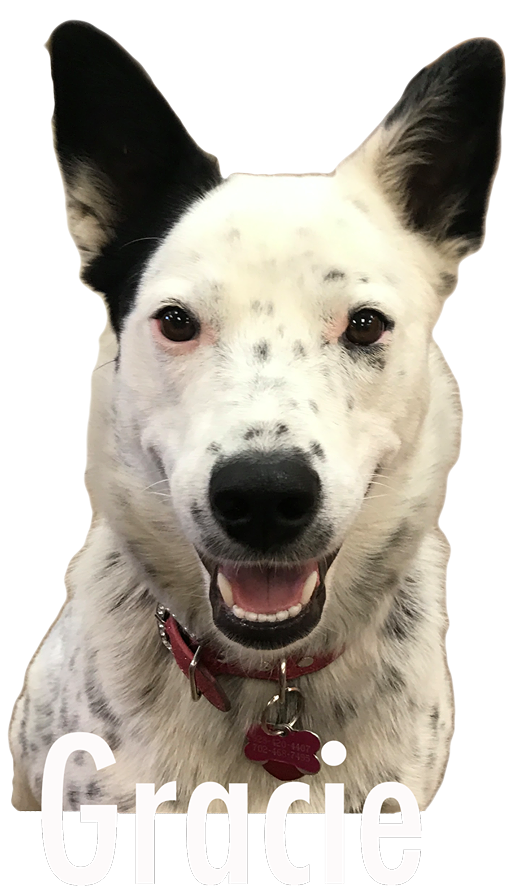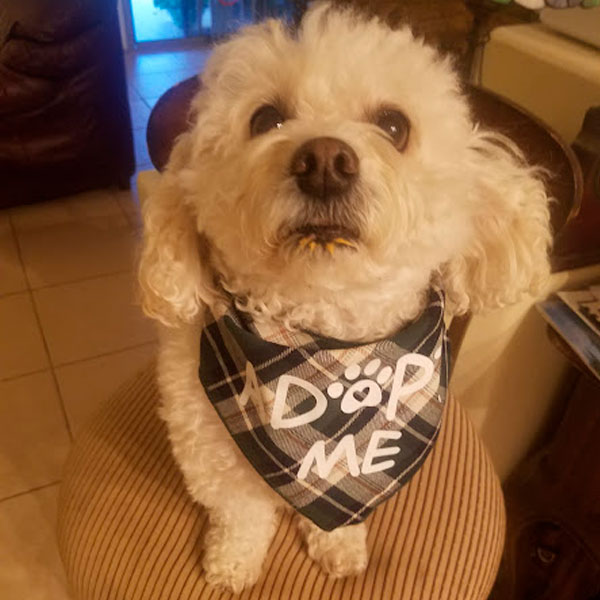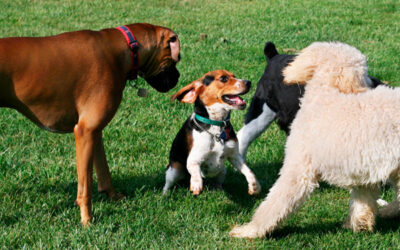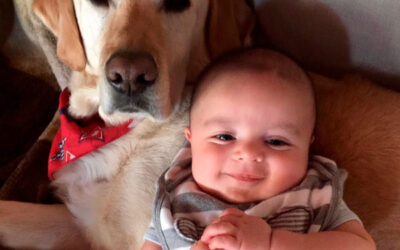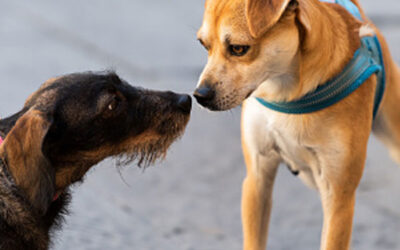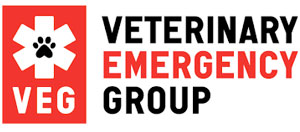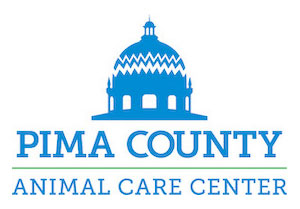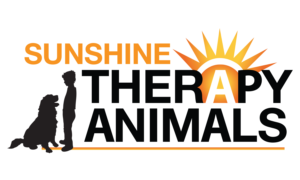Sadly, if you go to any shelter you will find many senior dogs waiting for a new “forever” home. Giving these guys a place to live out their last years can be a very rewarding experience and knowing what to expect will make yours and their experience even better. Adopting a senior dog can be substantially different from a puppy or a younger dog, so let’s look at some things that will set them up for success.
Some things you should consider are their healthcare, treatments if needed, nutritional options and exercise as well. Giving them a little more time and space to help them settle into their new life is always a great thing to do. Give them their own space, like a kennel or room that is quiet and even dark if they prefer. Training is an amazing tool to enhance relationships, build bonds, set expectations, and problem-solve as needed.
Understanding their past:
I love to evaluate these new situations and help bring success to the new family unit by trying our best to understand their behaviors based on their past and what we know about them. This allows us to make sure we don’t put them in situations that could be harmful to them or others. In many cases, we know their past, and this affords us to find the best possible tips and training to guide them through their new life. As often as not, we don’t know a great deal, if any, of their history and it could appear that they’ve endured more difficulties than most. Giving them extra time to adjust to their new space is important and having a place for themself that’s safe and separated can make them feel more at ease. A covered kennel, a calming collar, a pheromone plug-in, and thunder shirts are just a few items that may help calm them and relieve the stress of a new environment. Consult a trainer to find the best possible way for each situation when needed. Remember that they are in a new environment and may be doing new activities for the first time. They may have been a dog who was left at home or in a yard so going to a busy place can be tough. If so, I suggest going slowly with socializing and outings. It may be a dog who is not comfortable or familiar with physical touch, It’s important that they become comfortable with human interaction so that Vet visits and grooming will be as safe and easy as possible. Reward-based training will help to show them when a situation, person, or action is a positive one.
Age is nothing but a number:
Training can be done at any stage of a canine’s life, and while sometimes it can be harder if they’ve practiced “bad” behaviors for a while, it’s still doable. Teaching new things, and practicing what they already know, will instill confidence and build trust in their new handler. Knowing when they are right and when they are wrong can be their biggest game changer, so we work on “marking” the positive behaviors and the negative behaviors to simplify things for them. I typically use “yes” or a clicker for positive actions and “ehh ehh” or “no” depending on the handler, for the negative behaviors, but I find “ehh ehh” typically works better for most dogs. They don’t need to know every command in the book but some basics like “watch me”, “leave it” and “stay” could be pivotal for future situations. I’ve seen 10-year-old dogs become therapy dogs for the first time, as well as many other amazing accomplishments. So remember, just because they’re older, it doesn’t mean that they can’t learn anything new! They typically want to please us, so give them a reason to. Creating a bond with them allows for new experiences and training to become easier.
Suggestions and Considerations for a Senior Dog:
I always consider their health, if they need medications or have special needs, and what they’ve been through. Walks and exercise are still vital and can continue to extend their lives. I also like to use puzzles and feeding in a way that compels them to use their nose and brains to work harder than their bodies. Believe it or not, these types of exercises can burn more energy than a walk. Nose work and tricks classes can be fun to bring about movement and bring out natural behaviors without overdoing it physically. Socializing in their new life is something that I often talk about. Understand that they might need you to train them or introduce them in a slower way to things they’ve never done before. For example, they may have never been to a groomer or a Veterinarian before, and walking on a leash or being around other dogs may be new to them. Please consider that if they’re in pain, they will have less patience with other dogs and people as well. Being a natural den animal, having their own space will help them thrive, therefore, kennel training can be one of the best things you can do for them. I always advise that their kennel is not a place for punishment, but a space where they have a quiet area that feels safe.
Setting boundaries and building your relationship are important factors when you do even a little training with a new senior family member. There are many variables when it comes to adoption, just remember to have realistic expectations and move as slowly as needed to help guide them through their new life. Old dogs can learn new tricks, remember that!
For more information contact The Complete Canine at www.thecompletecaninetucson.
